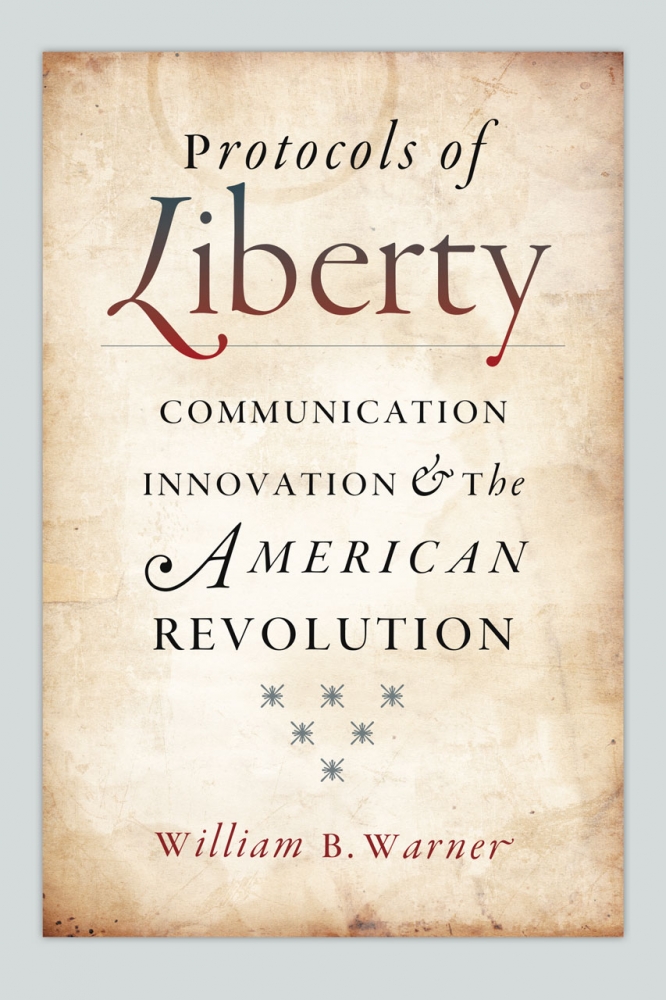
A Communication Revolution

The fledgling United States fought a war to achieve independence from Britain, but the real revolution occurred, in the words of John Adams, “in the minds and hearts of the people” before the armed conflict ever began.
In his book “Protocols of Liberty — Communication Innovation & the American Revolution” (University of Chicago Press, 2013), UC Santa Barbara’s William Warner puts the practices of communication at the center of this intellectual revolution. Warner, a professor of English, shows how American patriots — the Whigs — used new forms of communication to challenge British authority long before the battles at Lexington and Concord.
Recently, the book was awarded the 2014 Louis Gottschalk Prize from the American Society for Eighteenth Century Studies (ASECS). The award, named for the second ASECS president, was presented at the society’s annual meeting in Williamsburg, Virginia. Warner was cited for offering “a compelling new account of the origins of the American Revolution through a series of analyses centering on the methods, practices and genres of communication that American Whigs appropriated and invented over the prerevolutionary period.”
To understand the triumph of the Whigs over the British-friendly Tories, Warner argues that it is essential to understand the communication systems that shaped Revolutionary events. He explains the shift in power by tracing the invention of a new political agency, the Committee of Correspondence; the development of the popular declaration, a new genre for political expression; and the emergence of networks for collective political action, with the Continental Congress at its center.
Warner demonstrates that these communication innovations contributed decisively to nation-building and continued to be key tools in later American political movements, such as abolition and women’s suffrage, to oppose local custom and state law.
“What’s really different are specific acts of mobilization,” said Warner. “It’s the formation of the Committee of Correspondence in 1772 and developing the new form of the declaration. Instead of petitioning the king regarding their rights and grievances, they took the two components from the petition — the statement of rights and the list of grievances — and addressed their fellow citizens.
“And that’s a fundamentally different dynamic because it’s the person to whom you address your complaints that has the real authority or power in the situation,” he continued. “So what you’re saying to other citizens is, we have the power. It’s about popular sovereignty.”
The Whigs used the committees of correspondence — and in 1772 almost every town in Massachusetts had one — to write their own declarations. This, according to Warner, created participation on an unprecedented scale. “People throughout the 140 towns in Massachusetts met in town meetings, heard the reading from the Boston committee of correspondence and wrote their own response in the form of a general statement of rights and grievances,” he said. “These were sent back to Boston and published in the newspaper. So everyone saw what everyone else was writing.
Over a brief period of time, committees of correspondence were formed in Connecticut and in Virginia, according to Warner. As the crisis accelerated, the committees and the declarations became the instruments the Whigs used to communicate.
“The book argues that revolution emerges from these practices,” he explained. “Of secondary importance are the particular ideas. That’s also true of the particular people and personalities, which we fixate on because we want to find authors of the revolution. But there weren’t authors. It was a massive collaboration.”



